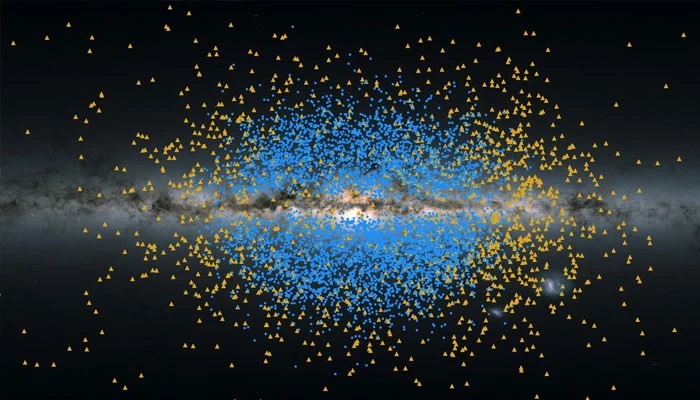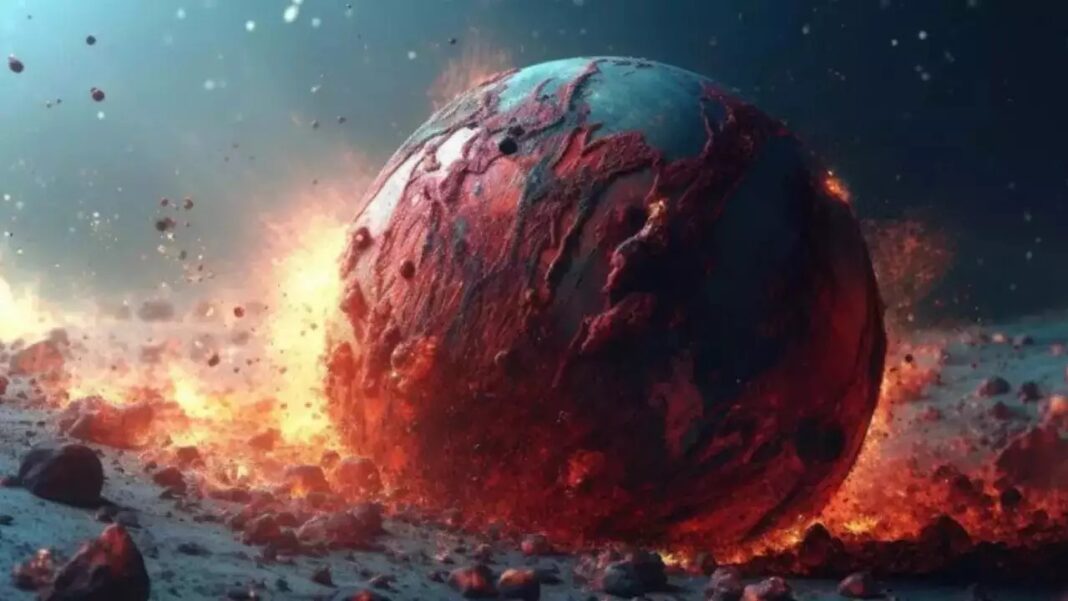Milky Way: Recent breakthroughs in astronomy have unveiled fascinating insights into the ancient origins of our galaxy, the Milky Way. Scientists using data from the European Space Agency’s Gaia space telescope have identified two ancient streams of stars, named after the Hindu deities Shakti and Shiva, shedding light on the early stages of our galaxy’s formation. This article delves into the discovery of Shakti and Shiva, their significance in understanding galactic evolution, and the ongoing quest to unravel the Milky Way’s cosmic history.
Exploring Shakti and Shiva: Shakti and Shiva represent two distinct structures within the Milky Way, composed of stars with similar chemical compositions that formed approximately 12-13 billion years ago. These structures, each boasting a mass about 10 million times greater than our sun, are believed to be relics of ancient galaxies that merged with the Milky Way during its infancy. The identification of Shakti and Shiva offers a glimpse into the turbulent early phases of our galaxy’s development.
Significance of the Discovery: In Hindu mythology, the union of Shiva and Shakti symbolizes the creation of the cosmos. Similarly, the discovery of these ancient star structures provides crucial insights into how galaxies like the Milky Way formed in the early universe. Astronomers suggest that Shakti and Shiva’s coalescence with the Milky Way’s primordial pieces might represent one of the final events preceding the formation of the galaxy’s recognizable disk.
Gaia’s Role in Uncovering Galactic History: The Gaia space telescope, launched in 2013, has been instrumental in mapping the Milky Way with unprecedented precision. By measuring the positions, distances, and motions of stars, Gaia enabled scientists to detect the presence of Shakti and Shiva based on shared properties among their stars. This technological marvel has revolutionized our understanding of galactic evolution.
Metal-Poor Stars and Galactic Evolution: One striking aspect of Shakti and Shiva’s stars is their “metal-poor” nature, indicating lower amounts of heavier elements like iron, carbon, and oxygen. These elements were forged in the early generations of stars and dispersed into space through stellar explosions. Studying such metal-poor stars provides valuable clues about the Milky Way’s early composition and evolution.
The Quest for Galactic Origins: The discovery of Shakti and Shiva is just one piece of the puzzle in understanding the Milky Way’s cosmic saga. Scientists aim to trace the galaxy’s formation and evolution from its nascent stages to the present day, akin to watching a 13 billion-year-long movie. Future Gaia surveys, combined with other astronomical endeavors, hold the promise of unveiling more secrets about our galactic heritage.
Conclusion: The identification of Shakti and Shiva as ancient building blocks of the Milky Way underscores the intricate and fascinating story of galactic evolution. These structures, formed billions of years ago, offer a window into the tumultuous early epochs of our galaxy. With advanced technologies like Gaia and ongoing scientific exploration, we continue to unravel the mysteries of the cosmos and piece together the epic narrative of our galactic home.
Milky Way:
Read here: “Close Approach of 420-Foot Asteroid: NASA Reassures Public of Safety”



